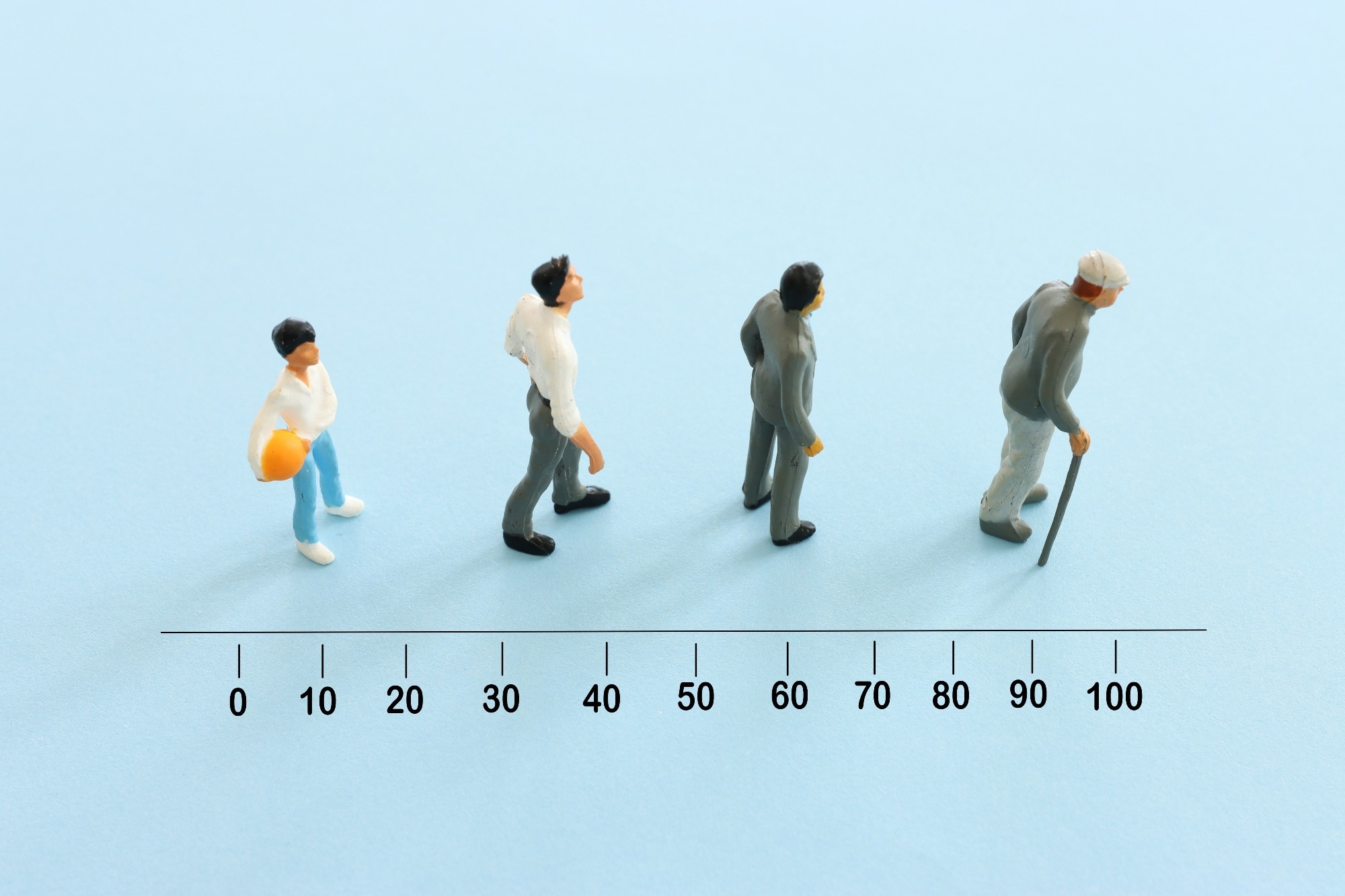A recent study published [ppp0] presented the global burden of 288 mortality causes and life expectancy decomposition.
The Global Burden of Diseases, Injuries, and Risk Factors Study (GBD) has been examining causes of human death for more than three decades, guiding policies, monitoring health interventions, and reducing risk factors. Analyzing cause-specific mortality trends informs evolving health policies to address changes in the global health landscape.
Mortality patterns continuously evolve as some regions succeed in reduction efforts while other causes persist in specific locations. Over the past three decades, improvements have been observed in several causes of death, with some significantly narrowing geographically to smaller areas.
Study Overview
In this study, researchers presented mortality concentrations and life expectancy decomposition. GBD 2021 offered a comprehensive analysis of fatal disease burden for 288 causes by sex and age in 204 countries and territories from 1990 to 2021, updating previous estimates for 1990–2019. The team calculated years of life lost (YLLs) based on death counts for each cause, age, sex, year, and location, along with standard life expectancy at each age.
Cause-specific mortality rates were determined using the causes of death ensemble model for most causes, with alternative strategies applied for causes with unique epidemiology or limited data. Diseases and injuries were categorized into four levels, encompassing both non-fatal and fatal causes. Level 1 included three broad aggregate categories: 1) non-communicable diseases (NCDs), 2) communicable, maternal, neonatal, and nutritional (CMNN) diseases, and 3) injuries.
Level 2 further disaggregated these categories into 22 clusters, which were then broken down into levels 3 and 4 causes. Life expectancy was analyzed by cause of death, year, and location to explore cause-specific impacts on life expectancy from 1990 to 2021. Concentrated causes were identified using the coefficient of variation and mortality concentration, representing the fraction of the population affected by 90% of deaths.
Findings
Between 1990 and 2019, the global all-cause mortality change rate ranged from -0.9% to 2.4%. The corresponding rate for age-standardized deaths varied between -3.3 and 0.4%. However, global deaths increased by 10.8% in 2020 compared to 2019, persisting with a 7.5% increase in 2021 relative to 2020. Similarly, the age-standardized mortality rate followed a similar pattern, rising by 8.1% in 2020 and 5.2% in 2021.
In 2020-21, COVID-19 deaths and other pandemic-related mortality (OPRM) altered mortality patterns for leading age-standardized causes of death. Notably, COVID-19 became the second leading cause of age-standardized mortality in 2021, surpassing stroke. OPRM ranked as the fifth leading cause, while lower respiratory infections dropped to the seventh leading cause. The impact of COVID-19 on age-standardized mortality increased by 60.2% in 2021 compared to 2020.
Approximately 4.8 million and 7.89 million deaths occurred globally due to COVID-19 in 2020 and 2021, respectively. Age-standardized rates varied significantly among GBD super-regions, with the highest rates in sub-Saharan Africa and the lowest in Southeast and East Asia and Oceania. COVID-19 and OPRM deaths exhibited considerable variation by age, disproportionately affecting older age groups.
In 1990, CMNN diseases were the top three causes of years of life lost (YLLs) globally. By 2019, neonatal disorders remained the leading cause, while NCDs such as ischemic heart disease and stroke replaced the second and third leading causes, respectively. However, in 2021, COVID-19 emerged as the second leading cause of YLLs, with neonatal disorders and ischemic heart disease ranking first and third, respectively.
Positive trends in global life expectancy have been observed since the 1990s, with a 7.8-year increase between 1990 and 2019. However, a 2.2-year decrease was noted during 2019-21 due to COVID-19 and OPRM. Despite this decline, there was an overall increase of 6.2 years throughout the study period.
The reduction in mortality from enteric infections and lower respiratory infections significantly impacted the global life expectancy increase. All seven super-regions experienced a rise in life expectancy from 1990 to 2021. Southeast and East Asia and Oceania saw the highest gain (8.3 years), primarily due to lower mortality from chronic respiratory diseases. South Asia followed with a 7.8-year increase, mainly attributed to decreased mortality from enteric infections. Conversely, Latin America and the Caribbean had the largest decline in life expectancy (3.6 years) due to COVID-19.
Mortality concentration played a crucial role as 160 countries/territories made progress in CMNN disease mortality. Deaths were more concentrated in specific regions or countries, indicating shifts over time. For instance, areas with 63% of children under five years in 1990 experiencing 90% of deaths due to enteric infections reduced to areas with 51% of the population in 2021.
In conclusion, this study provided valuable insights into the global disease landscape pre and post the COVID-19 pandemic. It highlighted the disruptive impact of COVID-19 on epidemiological trends, reversing decades of progress in life expectancy and age-standardized mortality rates. Leveraging past successes in mortality reduction could potentially lead to improved life expectancy outcomes.
